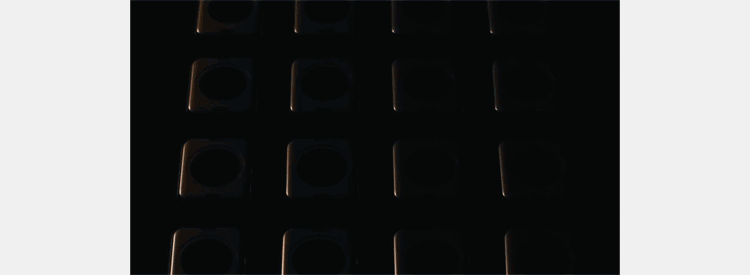Gilles Deleuze and Felix Guattari, A Thousand Plateaus (London: Continuum, 2004), 454.
Jacques Lacan, The Seminar of Jacques Lacan, Book II: The Ego in Freud’s Theory and in the Techniques of Psychoanalysis, 1954–1955, ed. Jacques-Alain Miller, trans. Sylvana Tomiselli (Cambridge: Cambridge University Press, 1988), 61.
Arduino Production Factory Tour, YouTube, March 20, 2014.
Thank you to Ryan Bishop for reminding me about the mythological connotations of the medieval alchemic elements.
Tom Holert, Julieta Aranda, Brian Kuan Wood, and Anton Vidokle, “Editorial – ‘Politics of Shine,’” e-flux journal 61 (January 2015) →.
Paul-Jacques R. Malouin, “Alchemy,” The Encyclopedia of Diderot & d‘Alembert Collaborative Translation Project, trans. Lauren Yoder (Ann Arbor: Michigan Publishing, University of Michigan Library, 2003) →. “Alchimie,” Encyclopédie ou Dictionnaire raisonné des sciences, des arts et des métiers, vol. 1, Paris, 1751. For an alternative take on alchemy and digital practices, see Denisa Kera, “Conflict-Free Minerals and Open Source Hardware: Homunculus or Minerals Baby?” Talk at the transmediale festival, Berlin, February 1, 2015. The whole panel “The Media of the Earth” can be found online →.
See →.
Roger Caillois, The Writing of Stones, trans. Barbara Bray (Charlottesville: University Press of Virginia, 1985).
Hannah Devlin, “Gold in faeces ‘is worth millions and could save the environment,’” The Guardian, March 23, 2015 →.
Erin Griffth and Dan Primack, “The Age of Unicorns,” Fortune, January 22, 2015 →. Thanks to Geraldine Juarez for the heads-up on this theme. On money’s mythic contexts in relation to figures such as the Trickster, the Devil, and the Fool, see Angus Cameron, “Money’s unholy trinity: Devil, trickster, fool,” Culture and Organization, 2015.
“Magic,” The Encyclopedia of Diderot & d'Alembert Collaborative Translation Project, trans. Steve Harris (Ann Arbor: Michigan Publishing, University of Michigan Library, 2010) →. “Magie,” Encyclopédie ou Dictionnaire raisonné des sciences, des arts et des métiers, vol. 9, Paris, 1765.
See →.
Wendy Hui Kyong Chun, “On ‘Sourcery,’ or, Code as Fetish,” Configurations, vol. 16, no. 3 (Fall 2008): 299–324.
See Benedict Singleton, “The Maximum Jailbreak,” e-flux journal 46 (June 2013) →.
“Magic,” The Encyclopedia of Diderot & d'Alembert Collaborative Translation Project.
Ned Rossiter, “Materialities of Software: Logistics, Labour, Infrastucture” →.
R. C. Kedzie, “Alchemy,” Science, XVIII, no. 447 (August 28, 1891): 116.
See Manuel DeLanda, Deleuze: History and Science (New York: Atropos, 2010), 86–87.
Kedzie, “Alchemy.”
Ibid.
Ibid.
Benjamin Bratton, “Chemistry and Urbanism,” Fulcrum 84 (2014).
